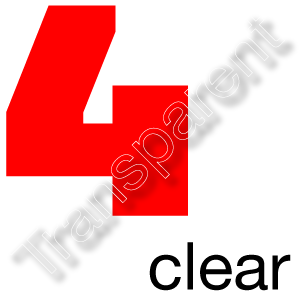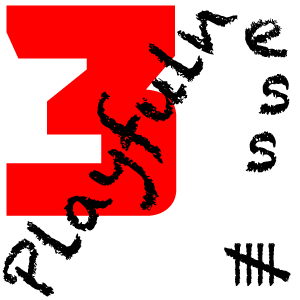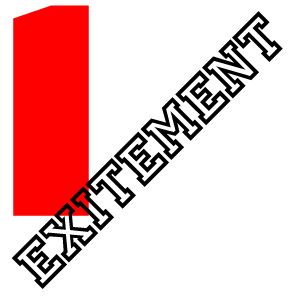 Another trend we currently see is the appreciation of passion and craftsmanship. This appreciation has been slowly on the rise. This also is the trend that has been the driving force behind sites like Etsy.com. Etsy is a great example of people creating something based on their abilities. It often results in unique products that are handcrafted and focused on a smaller audience. An audience that is willing to spend more on a product to obtain something that is unique and that has an attention to detail that surpasses that of mass produced items.
Another trend we currently see is the appreciation of passion and craftsmanship. This appreciation has been slowly on the rise. This also is the trend that has been the driving force behind sites like Etsy.com. Etsy is a great example of people creating something based on their abilities. It often results in unique products that are handcrafted and focused on a smaller audience. An audience that is willing to spend more on a product to obtain something that is unique and that has an attention to detail that surpasses that of mass produced items.
The same goes for every other product or service. More and more we see that people are willing to spend that little extra on a product that displays a passion for the product by its maker. And this trend is not limited to specialized products. This can go for anything. Whether you mend bikes at your local workshop, give financial advise as an accountant or want to address aggression in a bad neighborhood. Regardless of what it is you are offering to your target audience, they will all appreciate the fact that you have a passion for what you are doing. And they will appreciate that passion. More and more, people choose for a passionate producer, a passionate person, a passionate goal. And that makes your audience willing to put in more effort from their side for the same reason.
So, how do you translate this trend into something practical for your organization or your product? The good thing is that it does not require a complete rethink of your organization. What it does require is attention to what you are doing, how you are doing it and why. After all, making the most of this trend means that your product, service or project needs to ooze passion. The best way to get to that stage is to ask yourself what you are doing what you do. Is it because it was convenient, or because you care about what you are doing. If you cannot point to a reason why you love to get to work in the morning, you need to sit down and find out what part of what you do you can change to get to that stage. Sometimes it only requires minimal change. Or even just refocusing on a part of the work you do that you really are enthusiastic about. When you can focus on that enthusiasm, you will be able to translate that into passion and that passion will be translated into a better product, a better process and a better service.
Moving back to the motorcycle manufacturer I used as an example a couple of days ago. The bike was beautiful. It was well crafted. You could see it was special just by the way they did the welds, the custom frame, the suede seat and the airbrush on the side of the bike. However, the bike was sitting the wrong way around on a small square block that was painted with wall paint underneath a less than glamorous banner. You could see the passion and craftsmanship in the bike, but it did not impress because the surroundings completely took the attention away from the bike towards the less than passionate presentation. A real shame. So, keep in mind that the way you radiate passion and craftsmanship is only as good as the weakest moment you have in your presentation. Go over it. Pay attention to the details. Even the details that you would think would never pull the attention away from the product itself. Because it will. Passion is in packaging with attention to detail and showing off that you care about every little part of your product or service.
This post is part of a series on 10 social trends that can help you get your point across. For more information or a tailored advice on what could be your opportunities, get in touch on arne@arnehulstein.nl







 I love the future. I have loved it ever since I started reading. Technology is shaping our future fast. Back in 1985 I wrote my first computer program. Back in 1994 I launched my first website and I have been working with organizations on integrating new technology ever since.
I love the future. I have loved it ever since I started reading. Technology is shaping our future fast. Back in 1985 I wrote my first computer program. Back in 1994 I launched my first website and I have been working with organizations on integrating new technology ever since.








